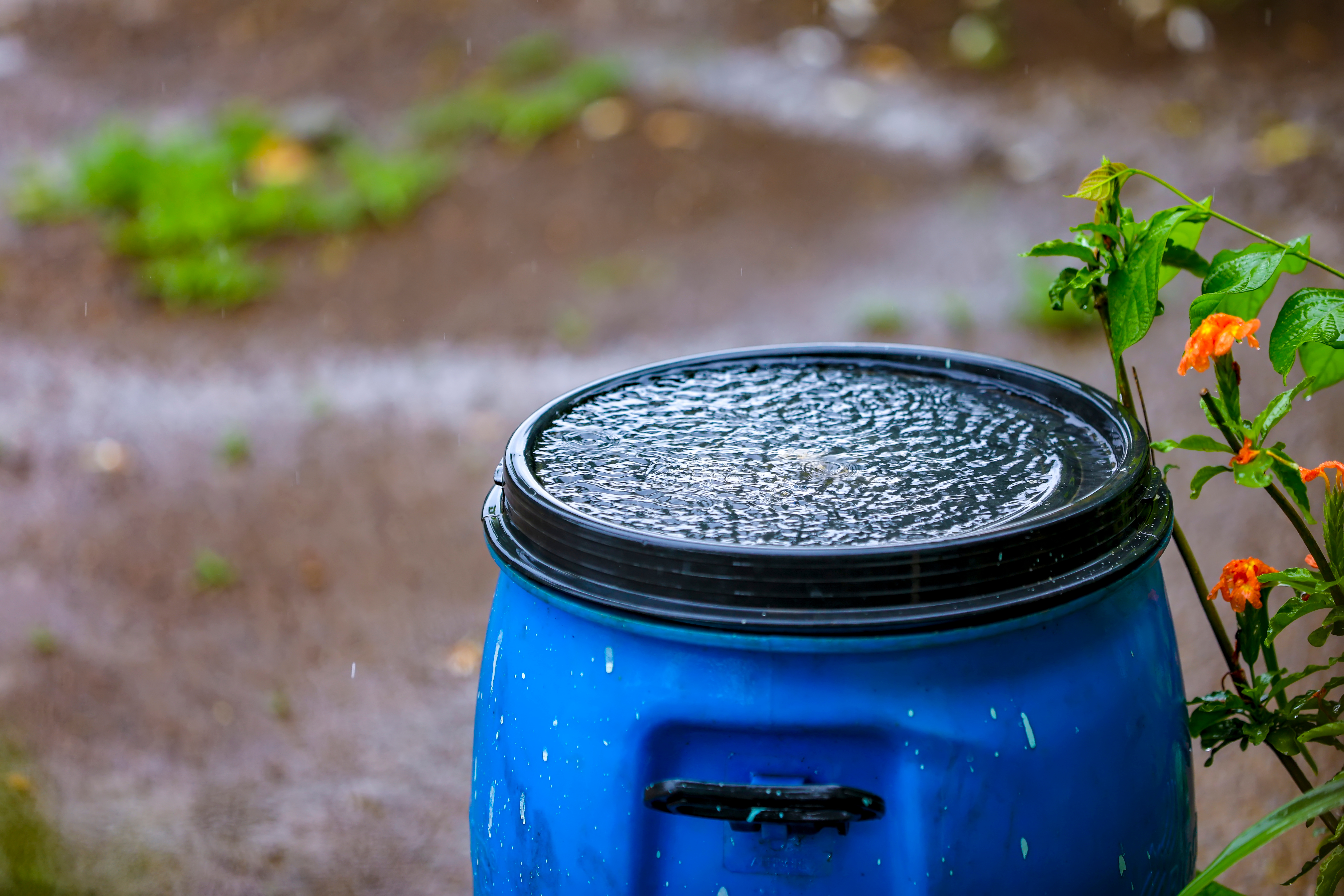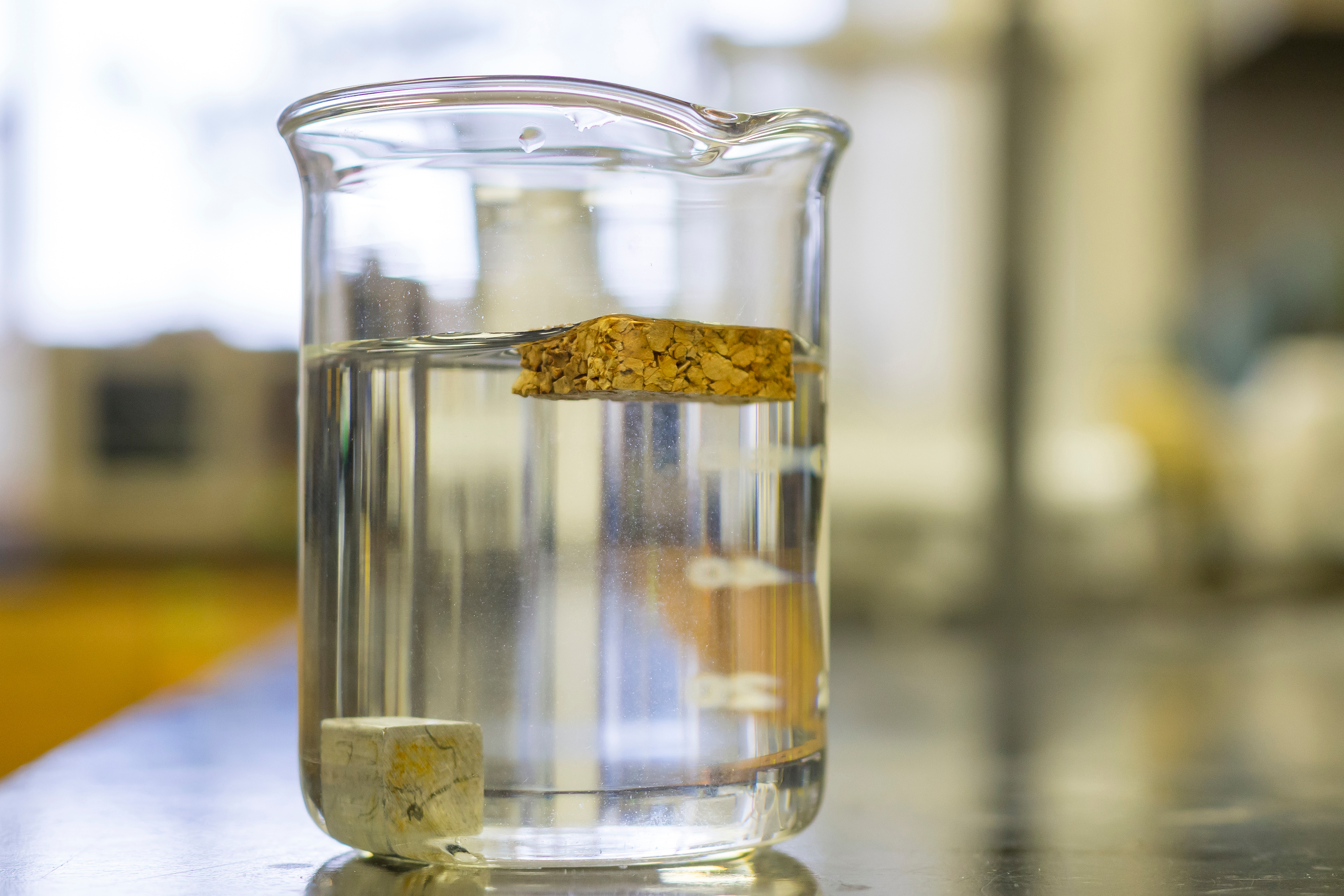The Water Cycle: From Evaporation to Precipitation
Water is a fascinating substance that goes through various phases and transformations. In this section, we will explore the water cycle and how it works.
The water cycle is a continuous process that involves the movement of water between the Earth's surface and the atmosphere. It consists of four main stages: evaporation, condensation, precipitation, and collection.
Evaporation is the process by which water changes from a liquid state to a gaseous state. It occurs when heat energy from the sun causes the water molecules to gain enough energy to break their bonds and escape into the air as water vapor.
Condensation is the opposite of evaporation. It is the process in which water vapor in the air cools down and changes back into liquid water. This occurs when the air temperature decreases, causing the water vapor to lose energy and form tiny water droplets.
Precipitation is the result of condensation. When water droplets in the air become too heavy, they fall back to the Earth's surface in the form of rain, snow, sleet, or hail. Precipitation is a crucial part of the water cycle as it replenishes the Earth's water sources.
Water Cycle Science Fair Project ideas
The Water Cycle in a Jar: Create a miniature water cycle in a sealed jar to observe the process of evaporation, condensation, and precipitation.
Investigating the Effect of Temperature on the Water Cycle: Set up multiple containers with water at different temperatures and observe how temperature influences the rate of evaporation and condensation in the water cycle.

Rainfall Patterns and the Water Cycle: Collect rainfall data over a period of time and analyze the patterns to understand how the water cycle impacts regional precipitation.
Investigating Water Density
In this section, we will explore the concept of water density and conduct experiments to understand how it affects different objects and substances.
Density is a measure of how much mass is contained in a given volume. Water density refers to the amount of mass present in a specific volume of water. It is influenced by factors such as temperature and the presence of dissolved substances.
Water Density Science Fair Ideas

Sink or Float: Exploring Water Density: Investigate the density of various objects and determine whether they sink or float in water. Analyze how different factors, such as shape and material composition, influence the density and buoyancy of objects.
Dissolving Solids: Density Effects: Explore how the density of water changes when different solids, such as salt, sugar, or baking soda, are dissolved in it. Measure and compare the densities of the resulting solutions to understand the impact of dissolved substances on water density.

Density Tower: Layering Liquids: Create a density tower by layering liquids with different densities, such as water, oil, and syrup, in a transparent container. Observe how the liquids separate based on their densities and explore the principles behind this phenomenon.
Hot and Cold Water Density: Thermal Effects: Investigate how temperature affects the density of water. Compare the densities of hot and cold water and analyze the differences in molecular motion and spacing to understand the relationship between temperature and water density.
Salinity and Density: Exploring Ocean Circulation: Study the effects of salt concentration on water density. Prepare solutions with varying salinity levels and measure their densities. Discuss how variations in water density due to differences in salinity contribute to ocean currents and circulation patterns.

Density and Floating Objects: Examine the relationship between water density and the ability of objects to float. Test different objects, such as fruits or toy boats, in water of varying densities and determine the minimum density required for an object to float.
Investigating Water Pollution
Water pollution is a significant environmental concern that affects aquatic ecosystems and human health. In this section, we will explore experiments related to water pollution and how to raise awareness about this pressing issue.
Water pollution can be caused by various sources, including industrial waste, agricultural runoff, sewage, and improper disposal of chemicals and waste. These pollutants can contaminate rivers, lakes, and oceans, leading to detrimental effects on aquatic life and ecosystems.
Water Pollution Science Fair Ideas
Water Filtration Methods: Removing Pollutants: Compare the effectiveness of different water filtration methods, such as activated charcoal, sand, and gravel, in removing common pollutants like oil, chemicals, or microplastics from contaminated water samples.
Impact of Household Products on Water Quality: Test the effects of common household products, such as detergents, soaps, or cleaning agents, on water quality. Measure and compare the changes in pH levels, dissolved oxygen, or the presence of pollutants after introducing these products to water samples.
Bioindicators of Water Pollution: Investigate the use of bioindicators, such as aquatic plants or invertebrates, to assess water pollution levels. Monitor the health and behavior of these organisms in water samples collected from different sources, and analyze their responses as indicators of pollution.
Pollutant Absorption: Comparing Natural and Synthetic Materials: Compare the effectiveness of natural materials (e.g., coconut husk, peat moss) and synthetic materials (e.g., activated carbon, ion exchange resins) in absorbing specific pollutants from contaminated water. Measure the reduction in pollutant concentration after filtration using these materials.
Eutrophication Effects: Investigating Nutrient Pollution: Simulate eutrophication, a process caused by excessive nutrient runoff into water bodies, by adding measured amounts of nutrients (e.g., nitrogen and phosphorus) to controlled water environments. Observe the growth of algae and measure the impact on water quality parameters like dissolved oxygen and pH.

Pollution Solutions: Developing Homemade Remediation Techniques: Develop and test homemade remediation techniques to mitigate specific water pollutants. Examples include constructing a wetland model for natural filtration, experimenting with bioaugmentation using beneficial bacteria, or designing a solar-powered water disinfection system.
Exploring Water Surface Tension
Water has a unique property known as surface tension, which allows it to form droplets and support lightweight objects on its surface. Let's explore some experiments that will help us understand this fascinating characteristic.
Surface tension is the force that causes the molecules on the surface of a liquid to stick together, creating a thin "skin" or film. Water molecules have a high degree of cohesion, which results in the formation of droplets and the ability to support lightweight objects like paper clips on its surface.
Water Surface Tension Science Fair Ideas
Drops on a Penny: Investigating Surface Tension: Explore the surface tension of water by measuring the number of water drops that can fit on a penny before spilling over. Test different liquids or add substances like soap or salt to observe the effects on surface tension.
Bubble Geometry: Surface Tension and Bubble Shape: Investigate how surface tension affects the shape and stability of soap bubbles. Compare the sizes and lifetimes of bubbles made with different soap solutions or experiment with different blowing techniques.
Floating Paper Clips: Surface Tension at Work: Explore the concept of surface tension by observing how paper clips can float on the surface of water due to the cohesive forces of water molecules. Experiment with different types of paper clips and water temperatures to observe variations in floating behavior.
Capillary Action: Water's Ability to Climb: Investigate capillary action, which is the ability of water to move against gravity in narrow spaces, by observing how water moves up different materials like paper towels, cotton, or plant stems. Compare the rates of capillary action in various materials.
Detergent and Surface Tension: Breaking the Surface: Study the effects of different detergents on the surface tension of water. Measure the changes in surface tension by observing how drops spread or by using a drop shape analyzer. Compare the effectiveness of different detergents in reducing surface tension.

Water Striders: The Role of Surface Tension in Insect Locomotion: Investigate how water striders can glide on the surface of water by studying the relationship between their leg structure, body weight, and the surface tension of water. Observe their movements and measure the weight they can support without sinking.
FAQs
Q: What are some safety precautions to consider when conducting water-based experiments?
When conducting water-based experiments, it's important to prioritize safety. Some key safety precautions include wearing protective goggles, gloves, and lab coats, especially when handling chemicals or heated water. Always have adult supervision, especially when using heat sources or sharp objects. Additionally, be mindful of electrical equipment and avoid mixing incompatible substances.
Q: How can I make my science fair project stand out?
To make your science fair project stand out, consider adding unique elements or creative presentations. You can use visual aids like posters or models, incorporate multimedia presentations, or conduct live demonstrations. Additionally, make sure to explain your project clearly and confidently, highlighting your key findings and the significance of your research.
Q: Are there any real-life applications of water science fair projects?
Absolutely! Many water science fair projects have real-life applications. For example, understanding water pollution can contribute to the development of effective water treatment methods and environmental conservation efforts. Exploring water density can help in understanding ocean currents and weather patterns. The knowledge gained from water science fair projects can have implications in fields such as environmental science, engineering, and public health.
Q: What are some other science fair project ideas for young scientists?
If you're looking for more science fair project ideas, consider exploring topics such as renewable energy, plant growth, the human body, or the environment. You can investigate the effects of different types of light on plant growth, design and build a simple circuit, or study the impact of pollution on local wildlife. The possibilities are endless!
Q: Can I reuse or modify previous science fair projects?
Certainly! If you have previously conducted a science fair project, you can build upon your previous findings and modify the experiment to explore new questions or variables. This allows you to deepen your understanding of the topic and showcase your scientific growth over time.
–
Congratulations! You have now explored some of the best water science fair projects that will captivate your audience and showcase your scientific knowledge. From the fascinating water cycle to investigating water density, pollution, and surface tension, these experiments will not only be educational but also fun and engaging. Remember to choose a project that interests you the most and don't be afraid to get creative. So go ahead, make a splash at your next science fair, and inspire others with your passion for water science!
